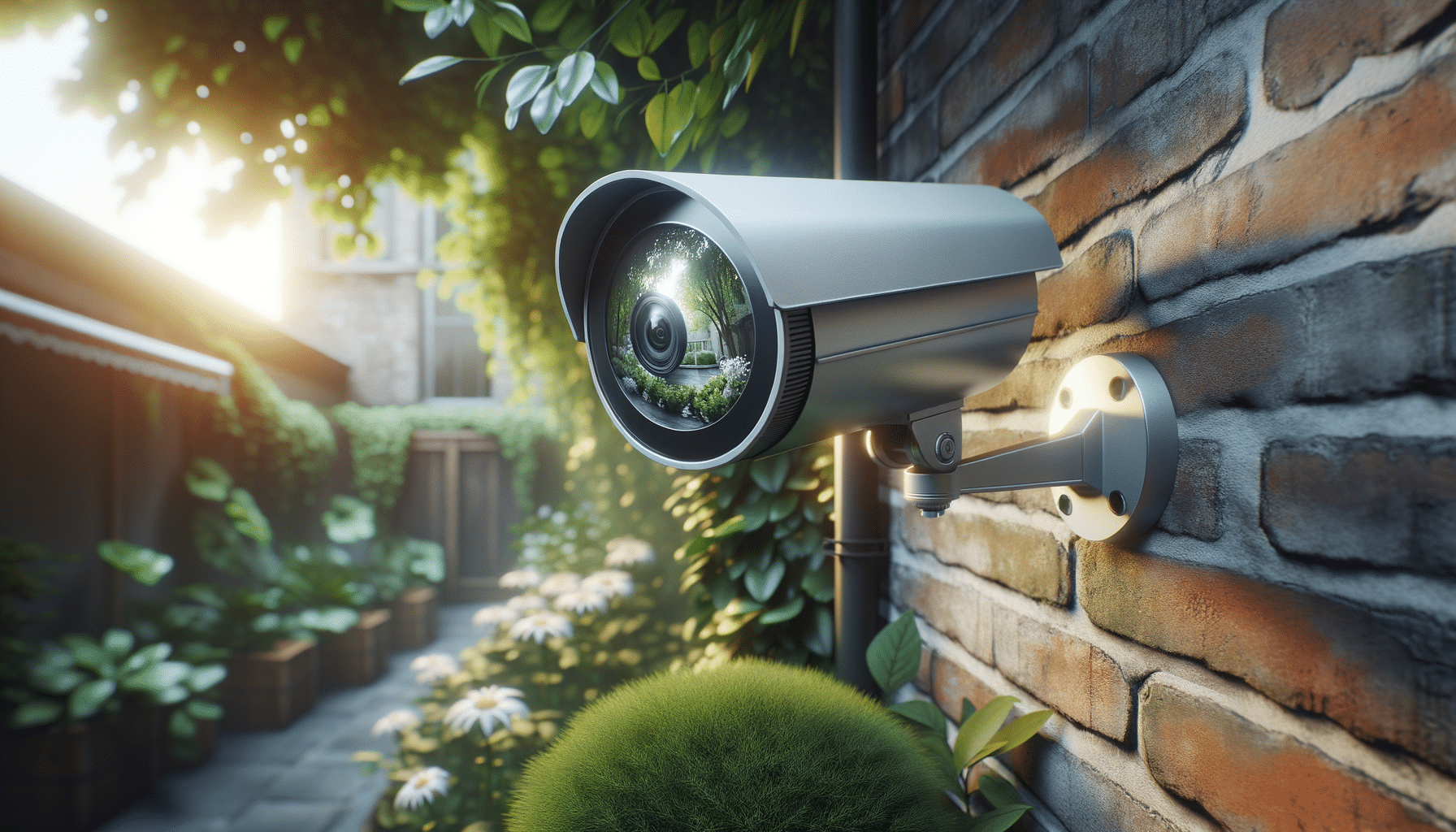
Exploring the World of Night Vision, Motion Detection, and Outdoor Security Cameras
Introduction to Security Cameras
In an era where security is paramount, the demand for advanced surveillance solutions has surged dramatically. Night vision security cameras, motion detection cameras, and outdoor cameras have emerged as pivotal tools in safeguarding homes and businesses. These technologies provide peace of mind by offering continuous monitoring, even in challenging conditions. This article delves into the specifics of each type, highlighting their unique features and benefits.
Understanding Night Vision Security Cameras
Night vision security cameras are designed to capture clear images in low-light or no-light environments. This capability makes them indispensable for round-the-clock surveillance. Utilizing infrared LEDs, these cameras illuminate the area without visible light, ensuring discreet monitoring. The ability to see in the dark is crucial for deterring nighttime intrusions and providing evidence in case of incidents. Night vision cameras are especially valuable in rural areas or places with minimal street lighting.
These cameras are available in various forms, including bullet, dome, and PTZ (pan-tilt-zoom) models, each offering distinct advantages. Bullet cameras, for instance, are known for their long-range vision, while dome cameras are less obtrusive and blend seamlessly into their surroundings. The choice of camera largely depends on the specific surveillance needs and the environment in which it will be used.
Advancements in technology have further enhanced these devices, with some models offering color night vision and higher resolutions, enabling better identification of objects and individuals. The integration of smart technology also allows users to receive alerts and view live feeds on their smartphones, adding a layer of convenience and control.
The Role of Motion Detection in Security Cameras
Motion detection security cameras add an intelligent dimension to surveillance by focusing only on relevant events. These cameras are equipped with sensors that detect movement, triggering recording and alerts. This feature not only saves storage space but also ensures that significant events are captured and highlighted for review.
Motion detection technology varies across cameras, with some using infrared sensors, while others rely on advanced algorithms to differentiate between human movements and other moving objects like animals or swaying trees. This precision reduces false alarms, making the surveillance system more reliable.
Incorporating motion detection cameras into a security system enhances its effectiveness. These cameras can be configured to send notifications via email or apps, keeping users informed in real-time. Moreover, many models integrate with smart home systems, allowing for automated responses such as turning on lights or locking doors when motion is detected.
Outdoor Cameras: Built for Durability and Performance
Outdoor security cameras are engineered to withstand environmental challenges while delivering exceptional performance. These cameras are typically weatherproof, withstanding rain, snow, and extreme temperatures, making them suitable for various climates.
Outdoor cameras often feature robust housings and are equipped with features like wide-angle lenses to cover larger areas. Some models offer additional functionalities such as two-way audio, allowing users to communicate with visitors or potential intruders remotely. This can be particularly useful for monitoring entry points like gates and driveways.
When selecting outdoor cameras, factors such as resolution, field of view, and connectivity options should be considered. Wireless models offer flexible installation but require a reliable Wi-Fi connection, while wired models provide consistent power and data transmission but may involve more complex installation processes.
Conclusion: Enhancing Security with Advanced Camera Technologies
Investing in night vision, motion detection, and outdoor security cameras can significantly enhance the safety and security of any property. These technologies not only deter criminal activities but also provide valuable evidence in the event of an incident. As technology continues to evolve, these cameras become more accessible and user-friendly, offering sophisticated features that cater to diverse security needs.
Whether for personal use or business applications, understanding the capabilities and benefits of these cameras is essential for making informed decisions. By integrating these advanced surveillance tools, users can ensure their premises are well-protected, day and night.


